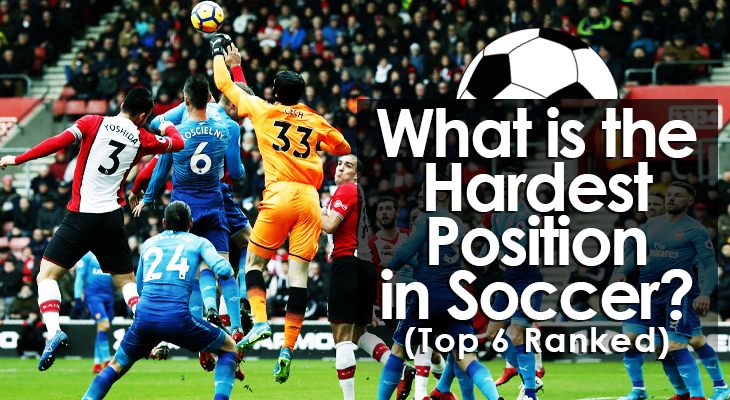- Home
- soccer positions
What is the Hardest Position in Soccer? (Top 6 Ranked)
Soccer is the most popular sport on the planet, enjoyed by billions of people around the world.
While anyone can take part to some degree, it’s by no means an easy sport to play competitively.
In a 11v11 contest, each player has their own set of responsibilities that requires a certain skill set and competency level.
Continue readingWhat is the Best Position in Soccer? (Top 6 Ranked)
If you’re new to soccer and trying to find a suitable spot on the field, it’s important to get familiar with the positions.
Although there are 11 players on each team, categorized into three core units: defense, midfield, and attack.
Depending on your physical attributes — like size, speed, strength, and technical skills — your playing style suit a particular position.
Continue readingSoccer Positions, Numbers, and Roles (Full Breakdown)
Traditionally, each position’s role was straightforward:
Defenders would defend. Attackers would attack. Midfielders would mix in a bit of both.
But as the game has evolved, so too has each position in soccer.
Now individual roles are more fluid than ever.
Continue readingWhat is a Wingback in Soccer? (Full Position Guide)
The wingback in soccer is somewhat of a variation to fullbacks, usually deployed as part of a five-player backline.
Operating on either side of a centerback trio, wingbacks have fewer defensive responsibilities than fullbacks and provide attacking width for their teams.
Utilizing wingbacks can completely transform a team.
Continue readingWhat is a Left Back in Soccer? (Full Position Guide)
Historically, the left back in soccer was one of the least influential on the field.
Apart from occasional outliers, like Roberto Carlos, left backs were quite one-dimensional, defending first and offering attacking support second.
In the past, teams could get away with putting mediocre players in fullback positions.
But now the sport has evolved…
Continue reading




